
What is an acorn?
We can say that we enjoy acorn-fed Iberian ham thanks to the existence of this magnificent fruit: the acorn. But do you know what an acorn is? Do you know what its properties and benefits are? In this post, we'll tell you everything!
When we talk about acorns, we refer to the characteristic fruit of species in the Quercus genus, which includes the oak tree. According to the dictionary of the Royal Spanish Academy, the term "acorn" refers to the "fruit of the oak, oak tree, and other trees of the same genus, such as the cork oak".
Acorns consist of a hard light brown shell that contains a single seed inside and usually measure about 2-3 cm in height.
Properties of Acorns
Before discussing the properties of acorns, we must consider that currently, this is not a dried fruit that is regularly included in our diet. However, we know that in the past, this fruit was a common ingredient in the Mediterranean diet. Nowadays, acorns are used to make certain types of flour, liquors, and of course, to feed Iberian pigs.
Acorns are primarily notable for their high content of oleic acid, a component also found in extra virgin olive oil. This oleic acid is a type of healthy fat that has beneficial effects on cholesterol, helping to reduce "bad" cholesterol levels and promoting the creation of beneficial cholesterol. Thanks to this component, acorn-fed Iberian ham has numerous benefits for cardiovascular health.
To learn more on this topic, we recommend:
- Iberian Ham in Your Heart-Healthy Diet
 Iberian pigs in the pasture eating acorns
Iberian pigs in the pasture eating acorns
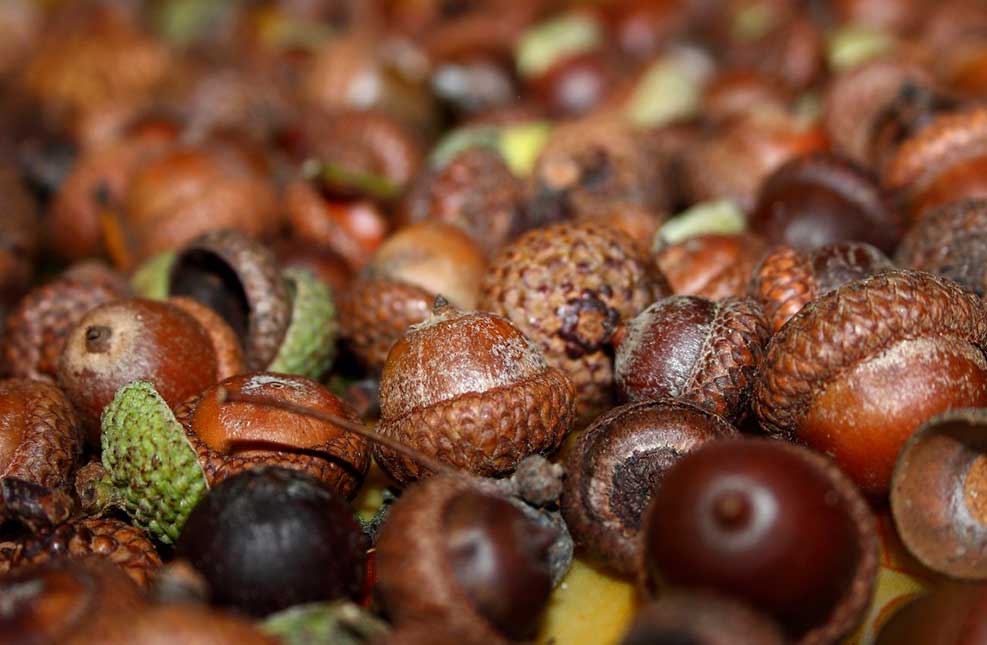 Acorns
Acorns
Benefits of Acorns in the Diet of Iberian Pigs
The diet based on acorns, combined with the exercise they get in the pasturelands, and their genetic ability to infiltrate fat into the muscle, results in a very oily and delicious meat. However, it's important to note that Iberian pigs are not fed exclusively on acorns.
As mammals, they are first nursed with maternal milk until they reach a weight of 23 kilograms. After weaning, they are fed with feed that, depending on whether the farmers want them to go through the "montanera" period or not, falls into two types:
- Iberian breed pigs selected for the "montanera" period are fed with feed lower in nutrients. Once they reach 100 kilograms in weight, they are moved to the pasture.
- The diet of pigs that will be raised on the farm consists of a more vitamin-enriched feed, resulting in the well-known cebo-fed Iberian ham.
What is the "Montanera"?
To understand when Iberian pigs are fed with the delicious acorns, you need to know about "montanera." The "montanera" period takes place from mid-October to approximately the end of March when the acorn is at its optimum state. In fact, an Iberian pig is only labeled as "acorn-fed Iberian" if it has eaten this fruit during this period. Additionally, there are regulations about where they must feed on acorns, which refers to the famous Spanish pasturelands.
The pasturelands are unique spaces with great biodiversity. In Spain, the land classified as "pastureland" covers between 3.5 and 5 million hectares, distributed among Extremadura, Andalusia, Castilla-La Mancha, Castilla y León, and the Community of Madrid. Since the number of parcels and oak trees is limited, the production of acorn-fed Iberian pigs is also limited. A pastureland must have at least 100 square meters per pig, and thus, at most, 700,000 pigs can be raised per year. In other words, a maximum of 1,400,000 hams can be commercialized.
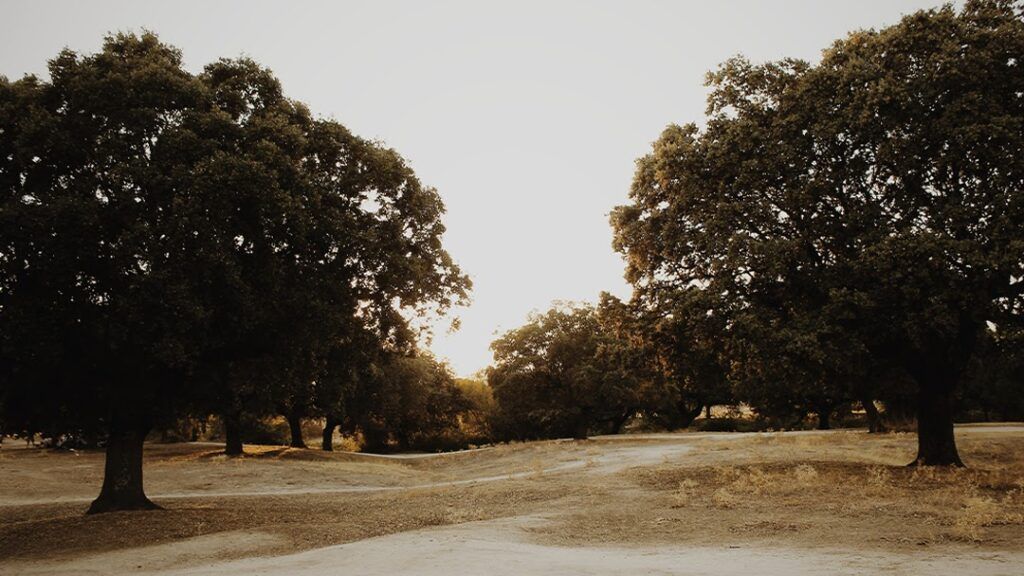 Pastureland Sunrise
Pastureland Sunrise
Proper nutrition is vital to ensure muscle development. An Iberian pig can grow up to 180 kg. In these areas, pigs will feed on acorns, as well as roots, herbs, and wild fruits. Initially, when they arrive at the pasturelands and their weight is still around 100 kg, they are moved to the higher parts of the mountains.
From there, they walk and build muscle by roaming the hectares of the pastureland. That's also the key to infiltrating the fat from the acorns into the muscle and creating those internal fat veins that provide so much flavor and juiciness to each slice of ham.
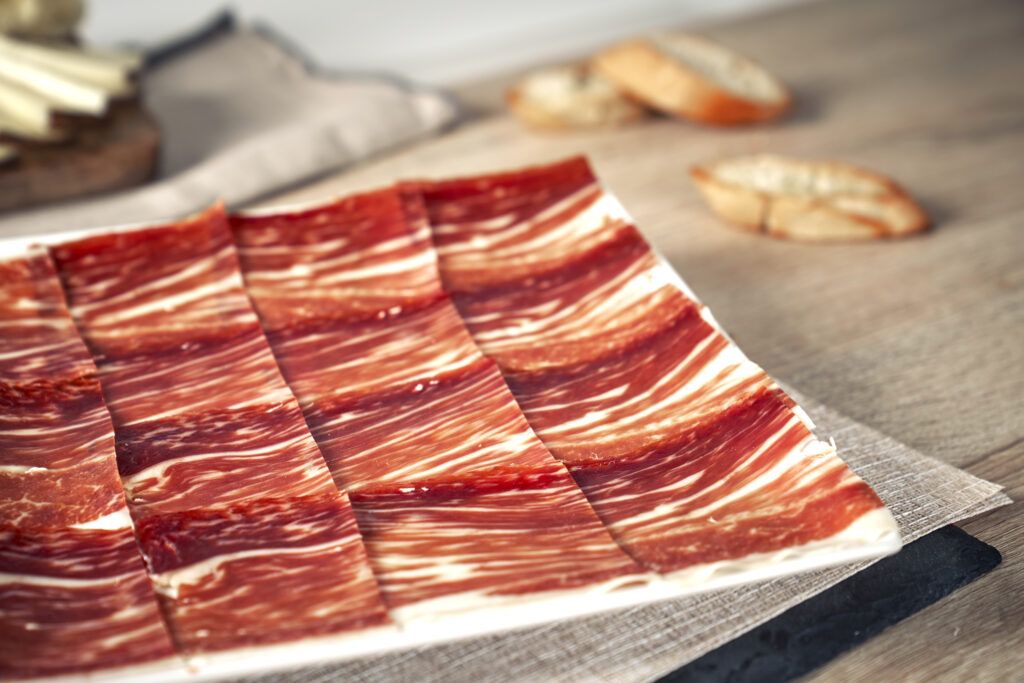 How to Consume Ham
How to Consume Ham
Acorn-Fed Iberian Ham
This type of Iberian ham becomes a unique product in Spanish cuisine. On the one hand, thanks to the existence of the Iberian breed, native and unique to the Iberian Peninsula. And on the other hand, thanks to the diet based on acorns in this exclusive ecosystem like the pastureland, an ideal space for raising and fattening pigs.
Now that you're clear on what an acorn is and what benefits it brings, we recommend trying acorn-fed ham. At Enrique Tomás, we offer two types: acorn-fed Iberian ham and acorn-fed Iberian ham "pata negra." Each has different nuances and flavors. What sets them apart is the percentage of Iberian breed in each. While acorn-fed Iberian ham can be 50% or 75% Iberian breed, acorn-fed Iberian ham "pata negra" is 100% Iberian, meaning both parents are 100% Iberian.
Learn more about them at:
- Types of Iberian Hams or visit our online store.
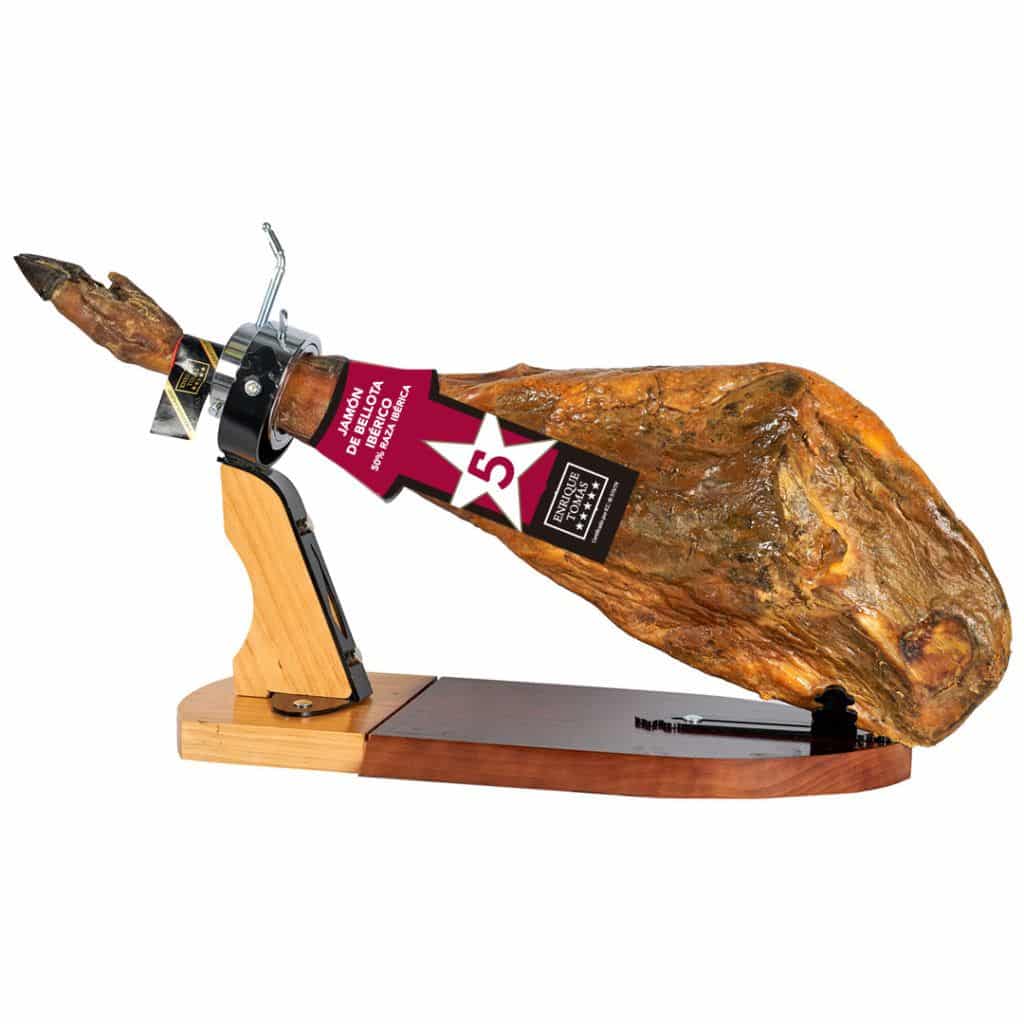
Buy 5-Star 50% Iberian Acorn-Fed Ham
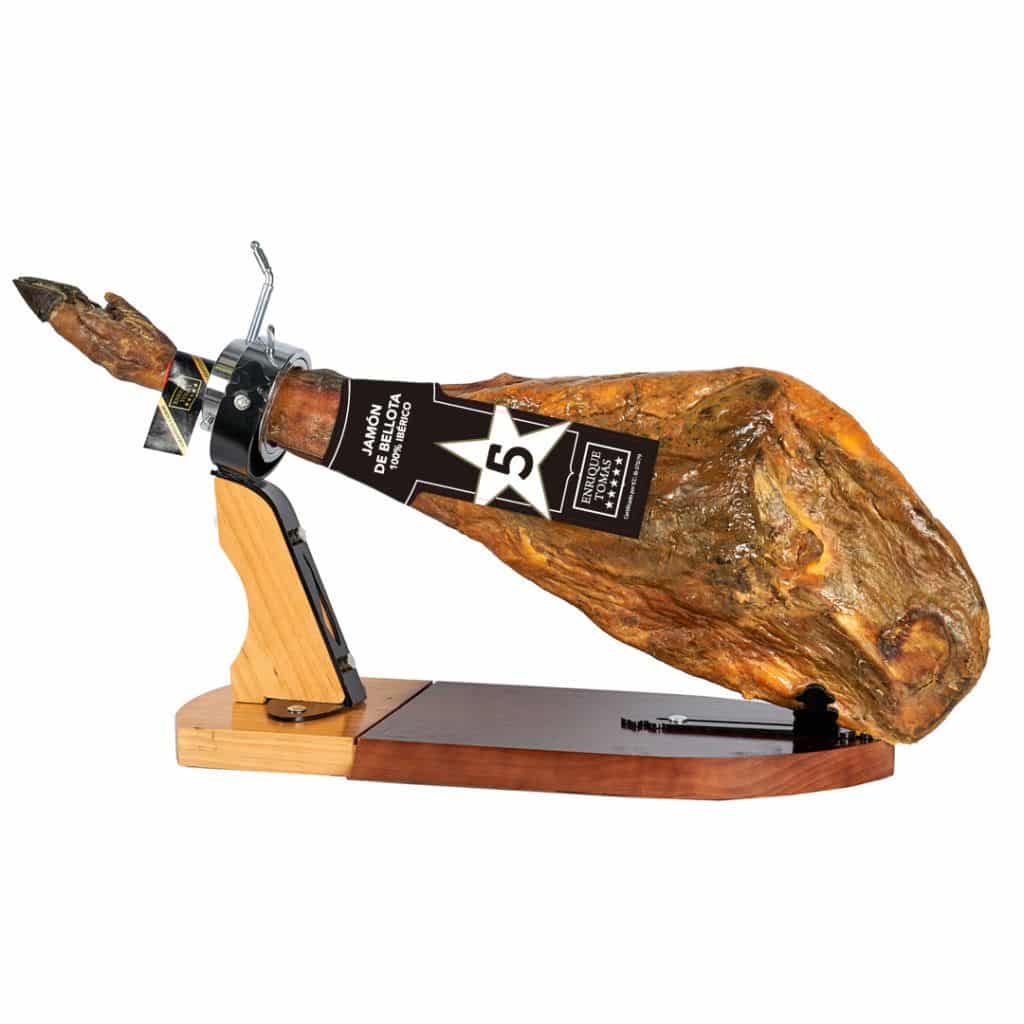
Buy 100% Iberian Acorn-Fed Ham





